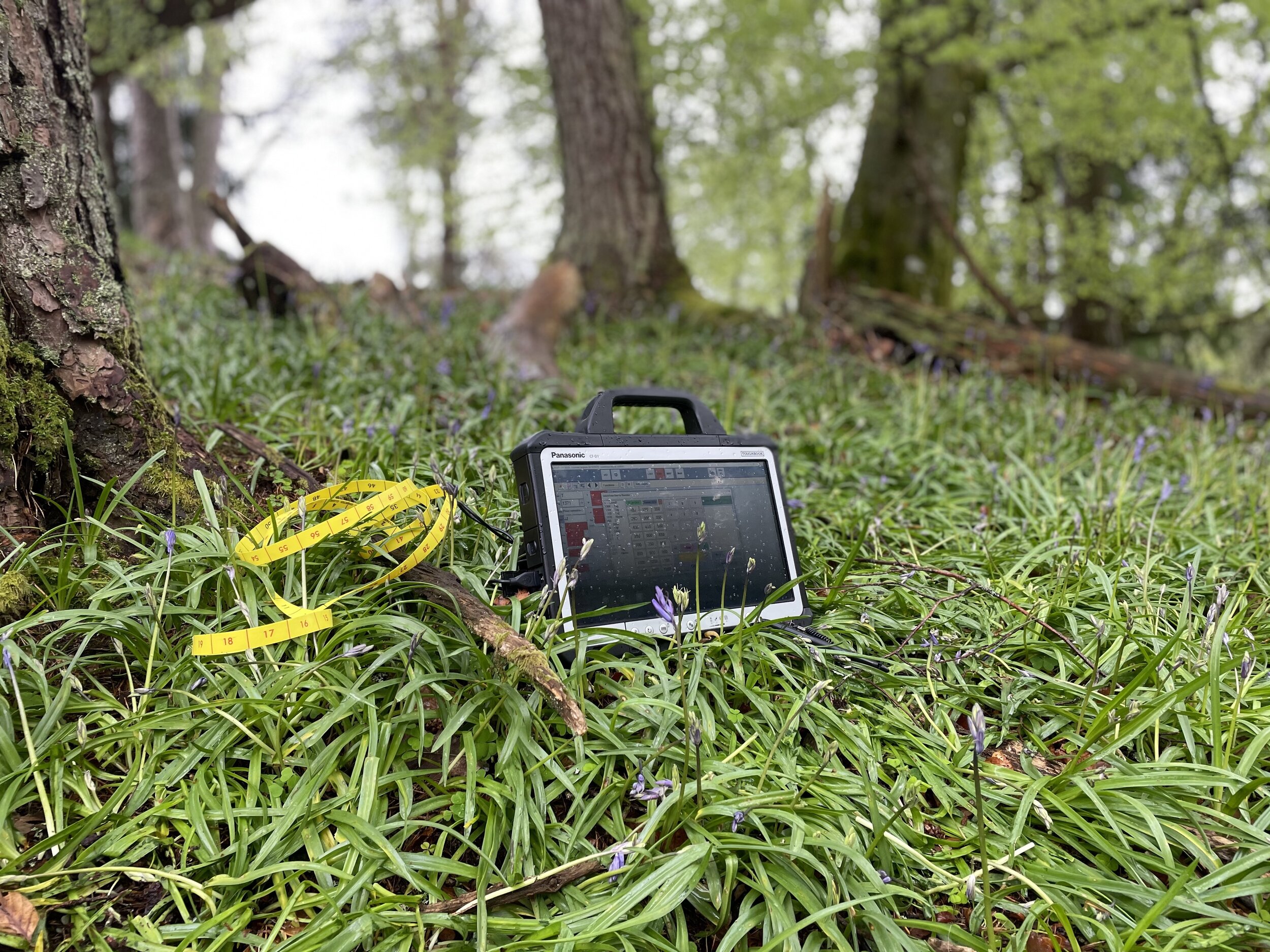What Is Biodiversity Net Gain?
Net Gain assessments…
Biodiversity Net Gain is a term that means developments should result in an overall improvement of biodiversity for the site.
The requirement is being driven by the new Environment Bill that seeks to overhaul the UK planning system.
“This new requirement surprised us for such a small project. We had an existing relationship with ROAVR and they were able to help us at short notice.”
Now, if you are concerned about your project's impact on nature and how to get ahead of the development curve, then this concept may just be what you have been waiting for.
The National Planning Policy Framework (2019) now states LPAs must “identify opportunities at each opportunity stage to secure measurable net gains” with regards to biodiversity. And it doesn't stop there - some organizations are focused specifically on designing new buildings or redeveloping existing ones so they can optimise wildlife habitats.
The new Environment Bill will make it a requirement for all developments to include 10% biodiversity net gain. There are some exceptions but it remains to be seen how they will be applied.
Truth be told, when the rubber hits the road most would agree that LPA’s will follow the path of least resistance and for most that means a broad brush approach.
This 10% minimum is just the start, with some LPAs requiring even more in their region but this enhancement must be managed and maintained for at least 30 years after development is completed.
Many LPA's are already requesting Biodiversity Net Gain assessments alongside ecological survey reports which will become mandatory under forthcoming legislation about sustainability.
The Biodiversity Metric Calculation Tool, this is an easy but powerful device for calculating the biodiversity of any given site. It can use information such as habitat types, areas and conditions to create a measure that allows you to quantify your gains in biodiversity so far! ROAVR uses the recently updated Natural England Metric.
In order to assess biodiversity, it is necessary not only for the habitats on site prior to development to be calculated (often as part of the preliminary ecological survey or PEA) but also those proposed within a building proposal.
A survey by an ecologist will help identify any changes that need to happen before construction can take place and how best they should proceed with their designs so as to avoid additional costs later down the line.
ROAVR has a team of professionals trained in understanding the Biodiversity Metric. We are able to provide advice on how Net Gain can be achieved when proposals do not meet baseline requirements, we specialise in assessing sites before development starts to make sure that we have the best possible biodiversity gains for your proposal prior to planning submission thus avoiding costly delays as LPA’s get to grips with the new process.
Our Simple Steps:
A field survey is undertaken to collect pre-development habitat data
Post-development habitat data is defined using the landscaping plans
Pre-development habitat data and post-development habitat data is converted into ‘biodiversity units’ using a biodiversity metric. Additional biodiversity units may be added to post-development data using offsite compensation or biodiversity credits
The Biodiversity Net Gain or Loss is calculated using the difference between the pre-development and post development habitat data. It is often presented as a percentage

